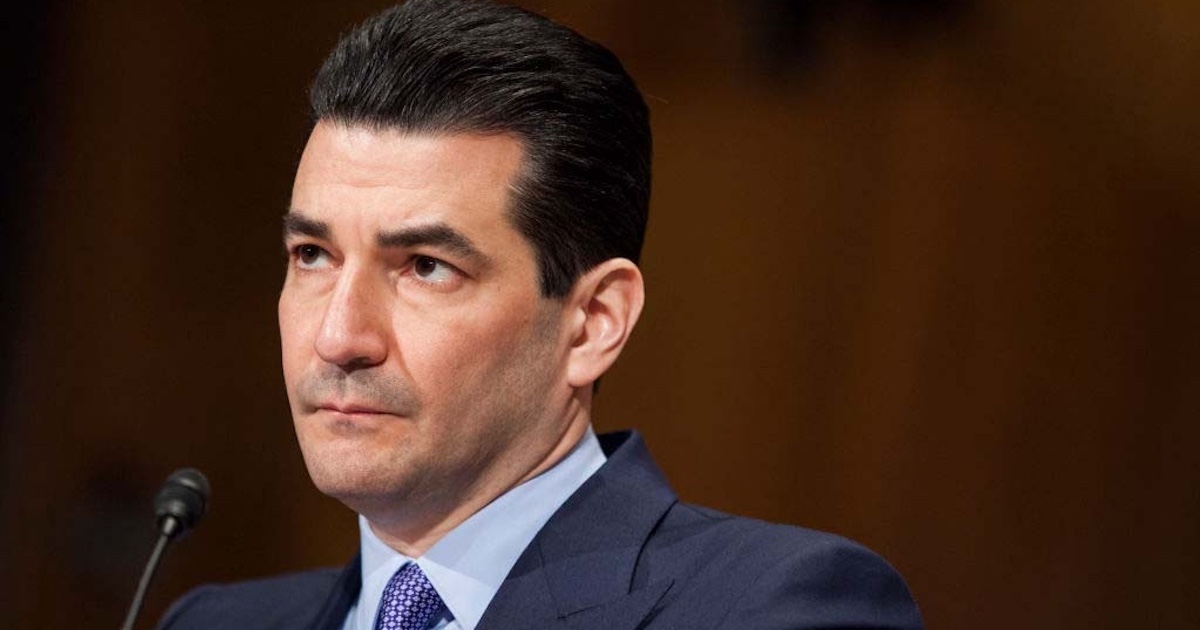 As is tradition, MobiHealthNews has put together our third quarterly report for 2010, covering the highlights in mHealth that occurred during July, August and September of this year. In this new report, State of the Industry Mobile Health Q3 2010, we cover the news, deals and commentary that made an impact on the mobile health industry. We examine what’s new with care providers, pharma, payors, mobile operators, consumer health, regulation and more.
As is tradition, MobiHealthNews has put together our third quarterly report for 2010, covering the highlights in mHealth that occurred during July, August and September of this year. In this new report, State of the Industry Mobile Health Q3 2010, we cover the news, deals and commentary that made an impact on the mobile health industry. We examine what’s new with care providers, pharma, payors, mobile operators, consumer health, regulation and more.
During the review period we found a substantial amount of commentary from industry onlookers. Clearly the number of opinion leader types tuning into mobile health and devoting ink to it has ramped up since we began these reports last year. Up until the third quarter of 2010, mHealth skeptics hadn’t yet found a voice. By the end of the summer, however, a chorus of skeptics began to hum in harmony. Many of them believed that mobile health had a bright future, but that its prospects had been widely exaggerated.
The third quarter of 2010 had a different tone than Q1 and Q2. Where the first half the year was filled with news and analysis pointing toward an mHealth opportunity -- an industry's potential -- commentary in Q3 focused on industry hype. Meanwhile a handful of startups received venture backing, more than 30 deals and partnerships formed between industry stakeholders and the FDA made four important regulatory clearances:
WellDoc’s DiabetesManager System for care providers and adult patients with type 2 diabetes received FDA clearance during the quarter. Five years in the making, WellDoc’s offering is a mobile health system built on automated clinical coaching and behavioral algorithms driven by real-time patient data, according to the company. WellDoc’s software aims to enable care providers to extend their care beyond traditional office visits by utilizing mobile phones and the Internet. The DiabetesManagement system specifically features a medication adherence program and secure capture, storage, and real-time transmission of blood glucose data. WellDoc’s service doesn’t just help users track their biometrics, the company also runs the data through its own proprietary Automated Expert Analytics System, which identifies trends and delivers relevant educational and behavioral patient coaching based on the data.
AirStrip Technologies, perhaps best known as the creators of AirStrip OB, one of the very first FDA approved medical applications in Apple’s AppStore, announced that the FDA had cleared its AirStrip Remote Patient Monitoring (RPM) suite of applications, which includes AirStrip RPM Critical Care and AirStrip Cardiology.
The FDA and Health Canada both cleared Calgary Scientific’s Resolution MD app. The smartphone application is offered free of charge to doctors who are affiliated with hospitals and diagnostic labs that implement the solution. The Resolution MD app does not actually transfer diagnostic image files to the user’s device – it is only a viewer. Therefore, since the images are not resident on the smartphone, they can still be protected and stored behind the care provider’s firewall.
Honolulu, Hawaii-based Kai Medical received 510(k) clearance for an updated version of its wireless respiratory rate monitor, Noncontact Respiratory Spot Rate Check 200. Kai claims that current approaches for measuring respiratory rate are difficult, which leads this vital sign to be inaccurately measured, infrequently measured or inconsistently measured or not measured at all.
More information on the State of the Industry Mobile Health Q3 2010 report here.


